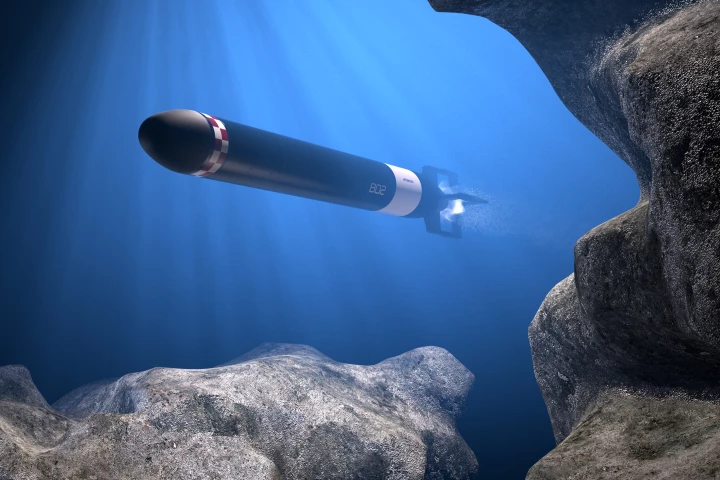Boron
-
Most current fusion power projects require tritium – an incredibly scarce and problematic fuel. TAE is targeting cheaper, safer hydrogen-boron (H-B) fusion, and it's just announced a world-first measurement of H-B fusion in magnetically confined plasma.
-
This remarkable anti-ship weapon would run an innovative boron-powered ramjet engine that works in both air and water. Supersonic in the air and supercavitating under the water, it could strike farther and faster than any conventional torpedo.
-
Scientists in the US have introduced a new player to the world of 2D materials in the form of an ultra-thin, ultra-strong material they've dubbed borophane, which they see one day finding use in advanced forms of electronics.
-
A Caltech team has bred bacteria that can make boron-carbon bonds, which were previously only possible in the lab. That ability opens up the range of chemical compounds that bacteria could create, paving the way for easier and more environmentally-friendly production of drugs and other chemicals.
-
Generally, water repellent objects and those that attract or absorb water have very different microscopic-level attributes. Now researchers have discovered a way to use a single type of material to perform both functions, switching between the two simply by applying electric current.
-
An international team of researchers has created a graphene-boron amalgam that can detect particular gases down to parts per billion, and may eventually lead to detectors capable of sensing gases at mere parts per quadrillion.
-
Buckyballs (or Buckminsterfullerene), the soccer ball-like structures of 60 carbon atoms, have a new playmate. Previously only theorized, researchers from Brown University in the US and Shanxi and Tsinghua Universities in China have been the first to experimentally observe a boron "buckyball."






